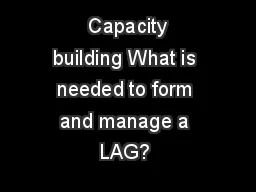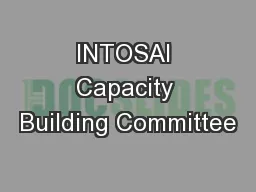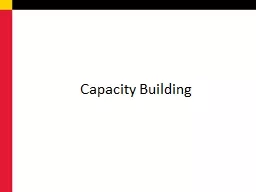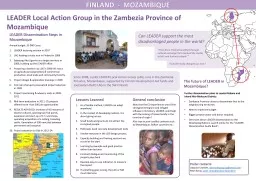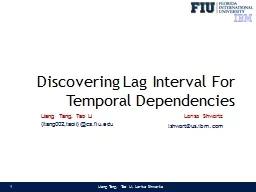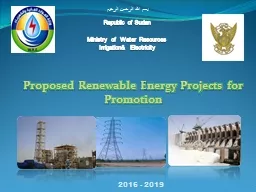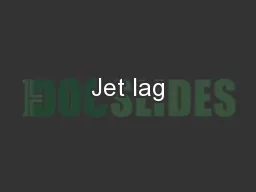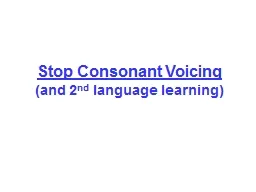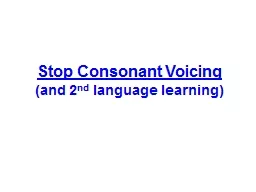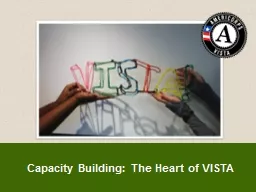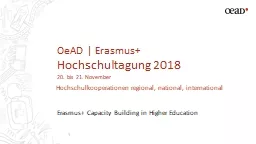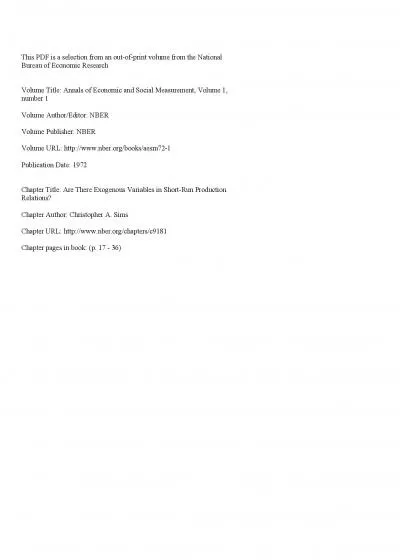PPT-Capacity building What is needed to form and manage a LAG?
Author : sherrill-nordquist | Published Date : 2020-04-05
Role of animation and cooperation activities the main areas of training INGA KAWAŁEK Chairperson of POMERANIA LEADER NETWORK in Poland CEO in Local Action Group
Presentation Embed Code
Download Presentation
Download Presentation The PPT/PDF document " Capacity building What is needed to for..." is the property of its rightful owner. Permission is granted to download and print the materials on this website for personal, non-commercial use only, and to display it on your personal computer provided you do not modify the materials and that you retain all copyright notices contained in the materials. By downloading content from our website, you accept the terms of this agreement.
Capacity building What is needed to form and manage a LAG? : Transcript
Download Rules Of Document
" Capacity building What is needed to form and manage a LAG? "The content belongs to its owner. You may download and print it for personal use, without modification, and keep all copyright notices. By downloading, you agree to these terms.
Related Documents

